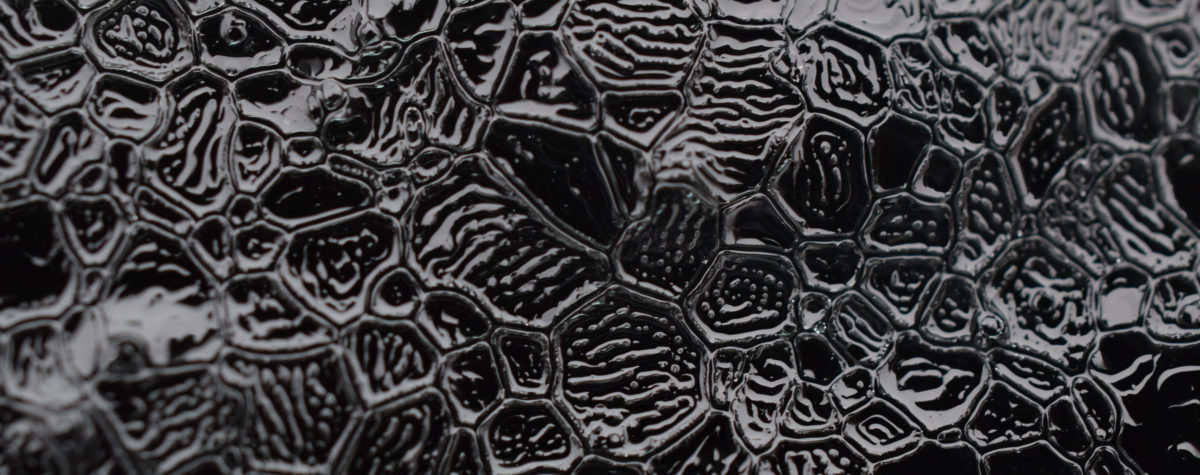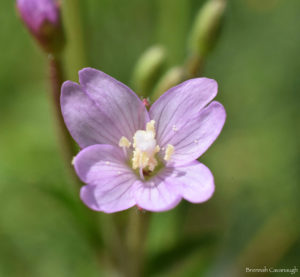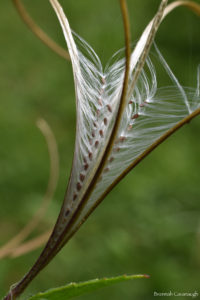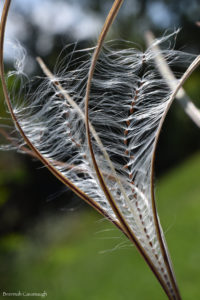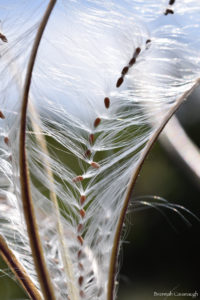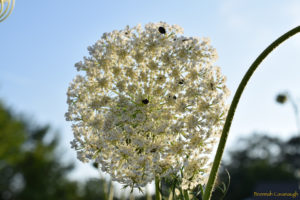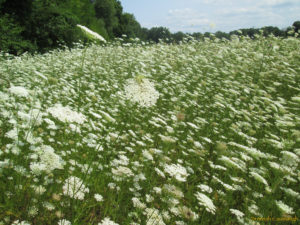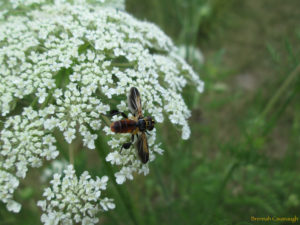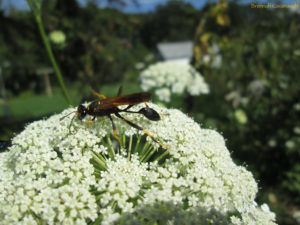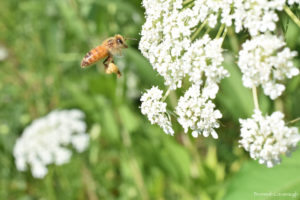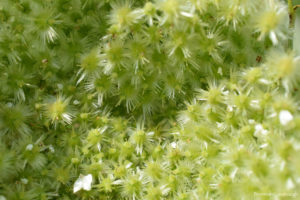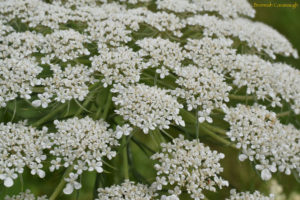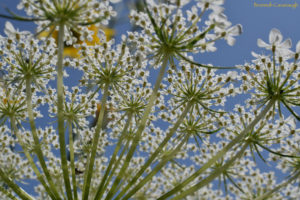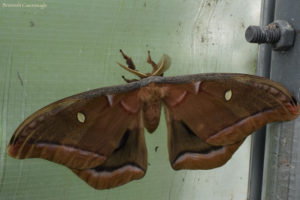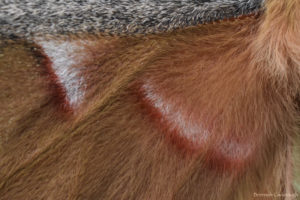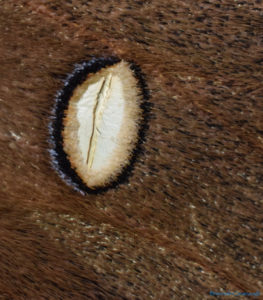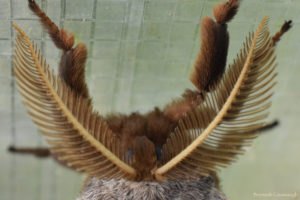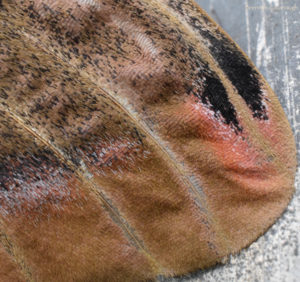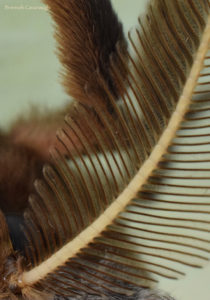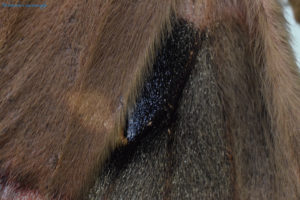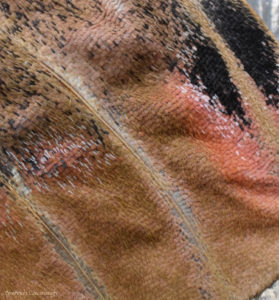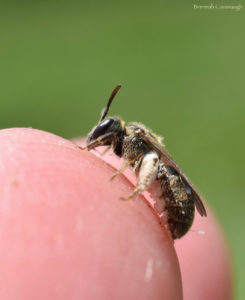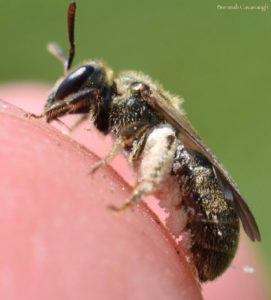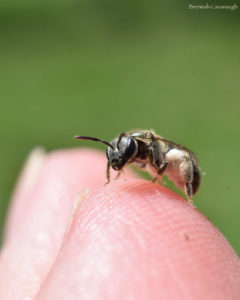At this time of year, honey bees can be reluctant to build comb. Comb takes a lot of resources to build, and empty comb is not of value to a colony heading into winter. (It is actually a liability.) So bees don’t want to build new comb if they might not be able to fill it with honey before winter, and usually this time of year they are focusing on filling the comb they have with nectar. Wax that the bees do produce is often used to cap cells of ripe honey or even elongate cells intended for honey so that they can pack the space they’re already using with even more.
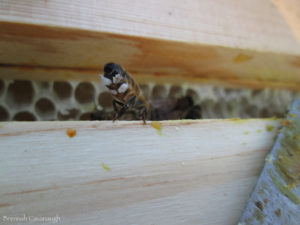
At the moment, the little colonies I started this summer are still quite… little. They don’t really have enough comb to fit the amount of honey they require over the winter. I actually have a box of comb that I can give each of them as soon as they each finish filling the box they are in now. (The reason they have to finish filling the box they’re in is due to differences in hive part compatibility.) In the meantime, I have been feeding them ‘bee tea’, which is a sugar syrup made with herbal tea to help them digest the sugar. It is earlier in the year than I would normally feed them, since I only feed sugar if they are likely to starve if I don’t. The goldenrod and asters are still on their way; in the past, I’ve fed them after most of the nectar sources are done for the year and they haven’t collected enough. This year, I’m feeding them to produce the comb to be able to store enough.
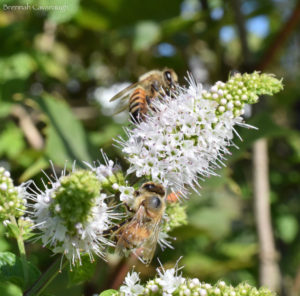
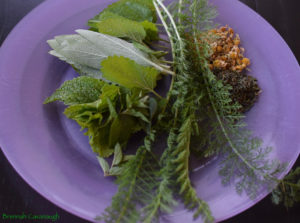
The recipe for the bee tea comes from the website of Spikenard Farm Honeybee Sanctuary.
https://spikenardfarm.org/wp-content/uploads/2015/02/Healing-Tea-for-Honeybees-2_15_15.pdf
